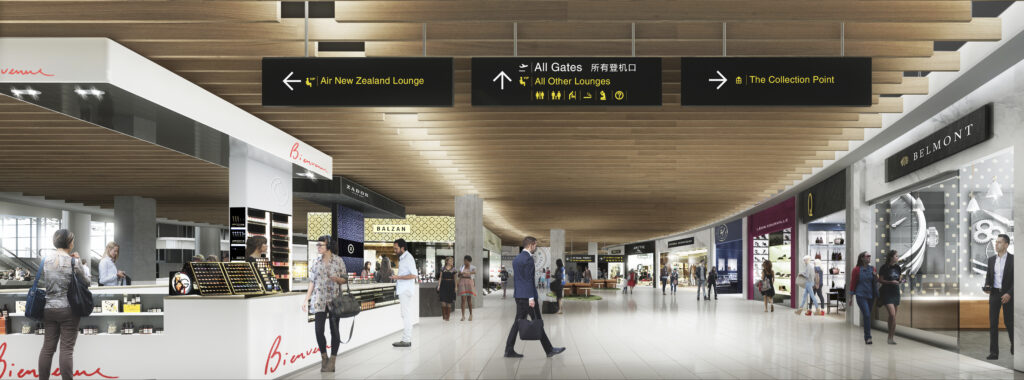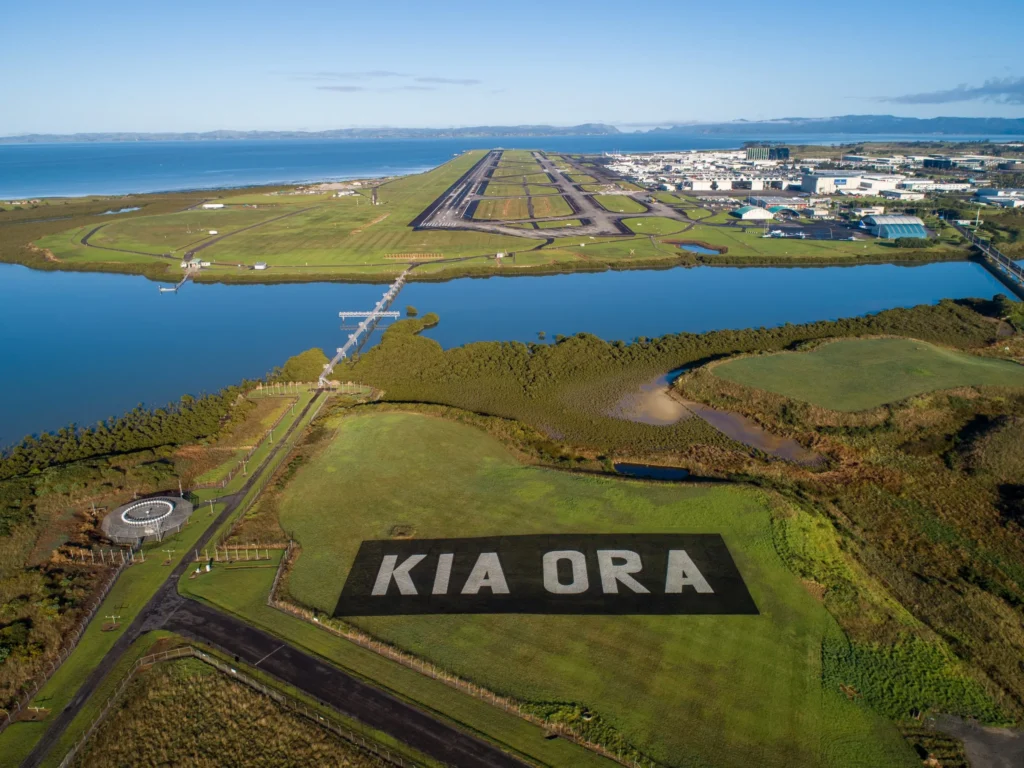Auckland Airport is celebrating a 17% increase in passenger numbers, marking a significant milestone in its post-pandemic recovery.
The airport’s leadership attributes this success to strides made in major infrastructure upgrades across its terminals, airfield, and broader precinct. With many of New Zealand’s infrastructure projects facing delays, Auckland Airport’s tangible progress has been consistent. However, this ambitious transformation also comes with complexities and challenges that require a balanced perspective.
Growth and Strategic Developments
The airport’s posted a strong passenger recovery in FY24, with long-haul capacity reaching 91% of pre-2019 levels and a 29% increase in international travellers. Key markets have rebounded, including a notable resurgence of North American routes, which have seen an influx of visitors and a 13% decrease in airfares due to increased competition. Chinese tourism is also making a strong comeback, with seat capacity exceeding 2019 levels, while travel from India and the Philippines is experiencing significant growth. Auckland Airport’s vision of creating a “vibrant precinct of travel, trade, and hospitality” further aims to bolster the economy and foster greater connectivity. Infrastructure improvements, including a new domestic jet terminal expected to open in 2029, seek to accommodate projected growth of 26.3 million annual passenger movements by 2032.

Challenges and Concerns
While these developments are promising, they come with financial and operational hurdles. The scale and cost of the infrastructure upgrades have raised concerns among some airline partners, and key stakeholders who fear increased expenses could impact ticket prices and profitability. The airport faces the challenge of balancing its long-term goals with immediate financial realities in a post-pandemic economy. There are also concerns about the recovery pace of key markets. Australian tourism, a critical segment, remains below pre-pandemic levels, with visitation at 86%. Efforts to attract Australian travellers must intensify to revive this important market fully.
Customer Experience During Construction
The airport’s ambitious upgrade program has transformed it into one of the busiest construction sites in the region, with over 1,200 people working on various projects. This transformation brings inevitable disruptions, including continued use of the aging domestic terminal for the next five years. While efforts to improve traveller facilities, signage, and connectivity are ongoing, the construction period may pose challenges for customer satisfaction, with noise, shifting transport arrangements, and temporary facilities potentially impacting the travel experience.
Sustainability Efforts
While Auckland Airport’s sustainability initiatives, including emission reductions and renewable energy projects, reflect its commitment to environmental stewardship, the broader challenge of decarbonising the aviation sector remains. SAF, sustainable aviation fuel is a key long-term solution and airport’s role in supporting the industry’s transition will be critical, however, this requires strong partnerships with government and industry stakeholders.
Auckland Airport’s growth strategy presents significant opportunities for economic expansion and enhanced connectivity. However, navigating the financial, operational, and customer service challenges of such a large-scale transformation will be crucial. Whether it can achieve these goals without compromising on cost efficiency and traveler experience remains the critical test ahead.


